Cats are enigmatic creatures known for their independent spirit, mysterious demeanor, and often, their silence. While they do vocalize through a variety of sounds, including meows, purrs, and hisses, much of their communication takes place without a single sound. Understanding these silent signals is essential for building a stronger bond with our feline friends. In this article, we explore five fascinating ways cats communicate without making a sound.
Language Through Motion
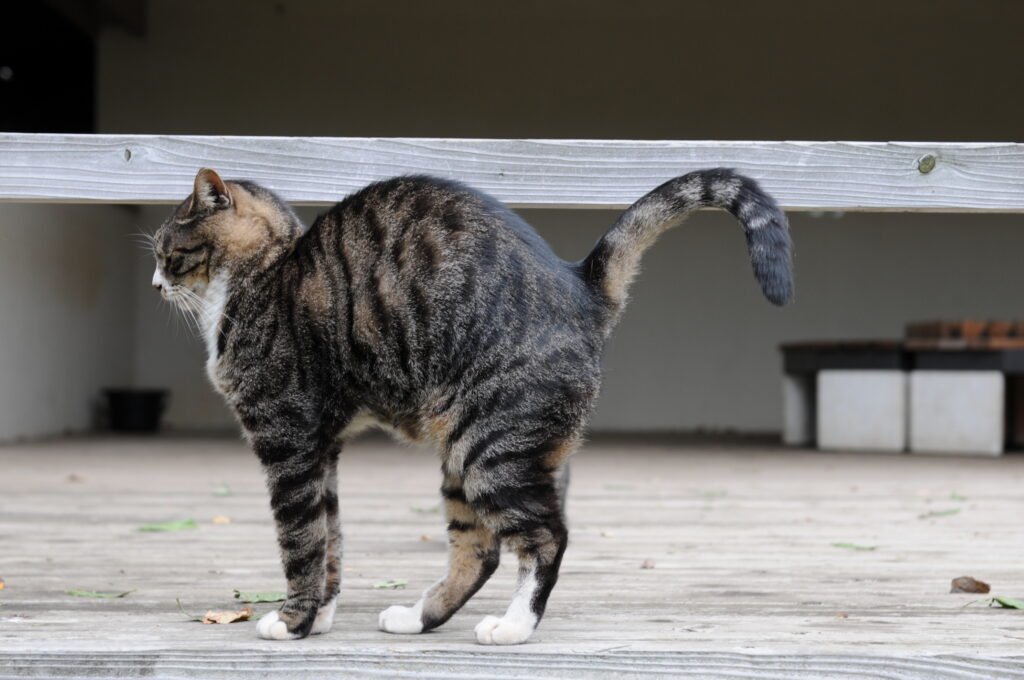
A cat’s tail is a versatile tool of expression. By observing the position and movement of a cat’s tail, one can gain insights into the cat’s emotional state. A high, upright tail often signifies happiness and confidence, while a tail that is low or tucked between the legs can indicate fear or submission. A twitching or thumping tail may suggest irritation or excitement. Understanding these subtle cues is crucial in interpreting a cat’s silent messages.
More Than Meets the Eye
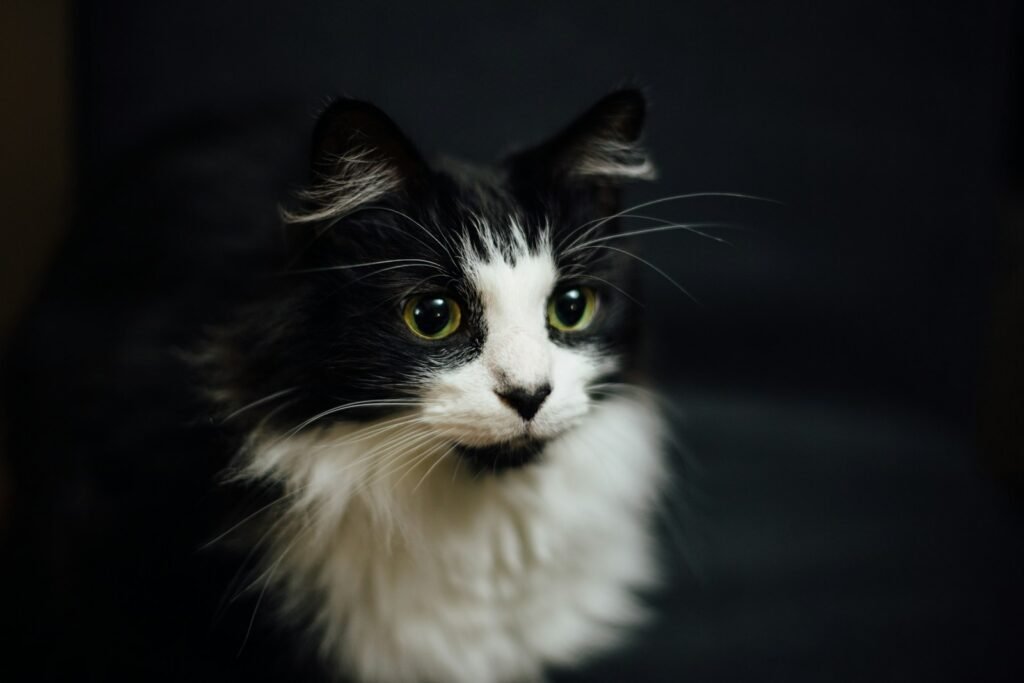
Cats use their eyes to communicate a range of emotions and intentions. Slow blinking at a human or another cat is a sign of trust and affection; it’s often referred to as a “cat kiss.” Conversely, a long, unblinking stare can be perceived as a form of intimidation or assertion of dominance. Cats can also signal their dissatisfaction or readiness to defend themselves with dilated pupils.
Body Posture
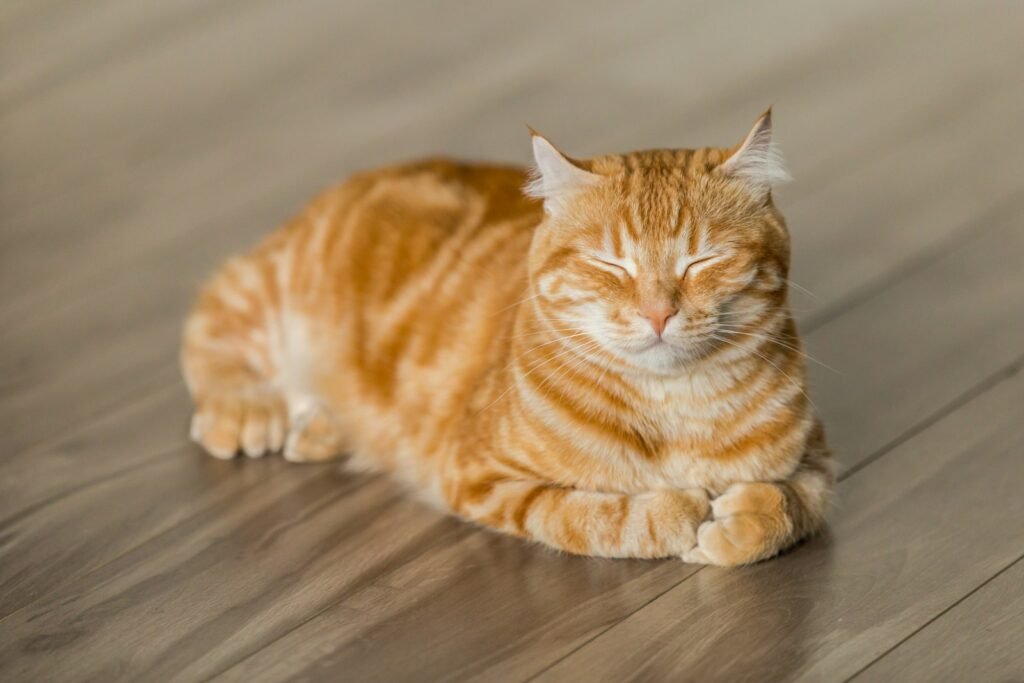
Feline body language is rich with silent signals. A relaxed cat may lie on its back with its belly exposed, indicating trust and contentment. In contrast, a cat that arches its back and puffs up its fur is attempting to appear larger and more threatening, usually out of fear or defensiveness. The subtle changes in body posture can communicate a wide range of emotions and intentions.
Whisker Position
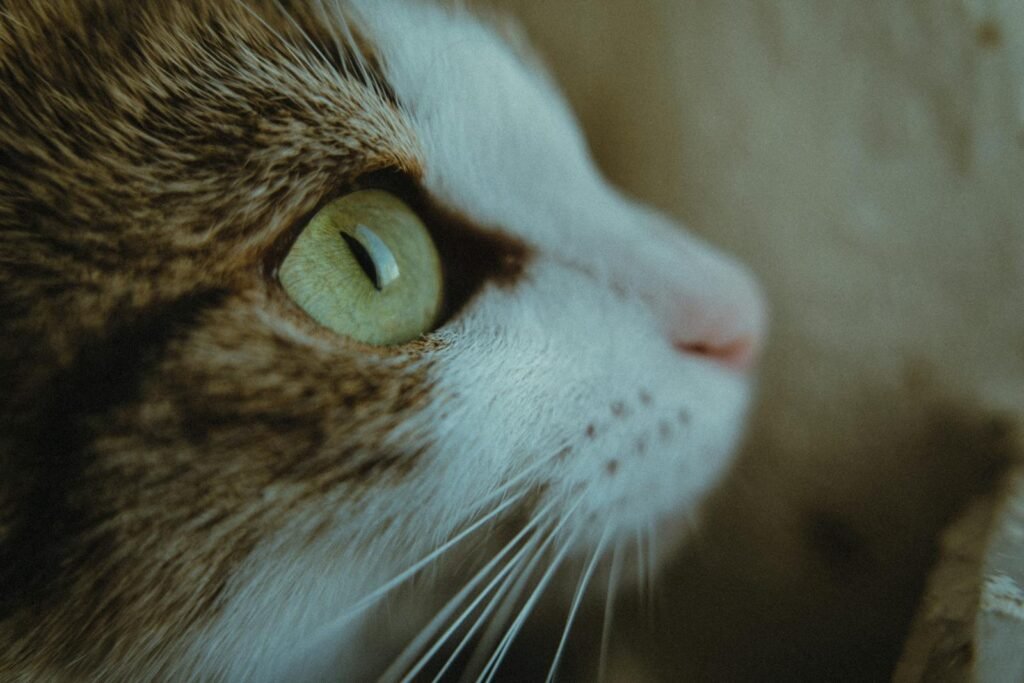
A cat’s whiskers are vital sensory tools, but they also play a role in communication. When a cat is calm, its whiskers will be relaxed and positioned to the sides. If a cat is curious or on alert, the whiskers move forward. Whiskers pulled back against the face can indicate fear or aggression. Observing these movements can reveal a lot about a cat’s mood and intent.
Nose-to-Nose: The Subtle Art of Scent Exchange
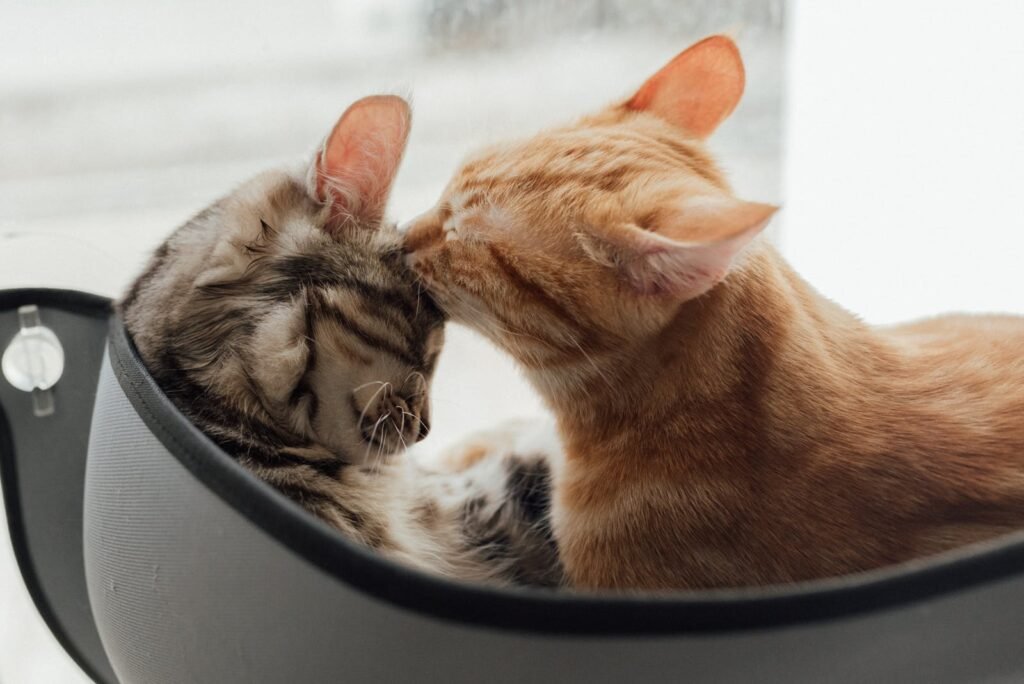
Cats have an incredible sense of smell and use it as a primary means of communication, often silently. When cats greet each other with a nose touch, they are exchanging scents, which conveys information about where they have been and what they have encountered. This behavior is akin to a handshake, establishing a silent dialog of familiarity and acceptance.
Head Butts and Rubs
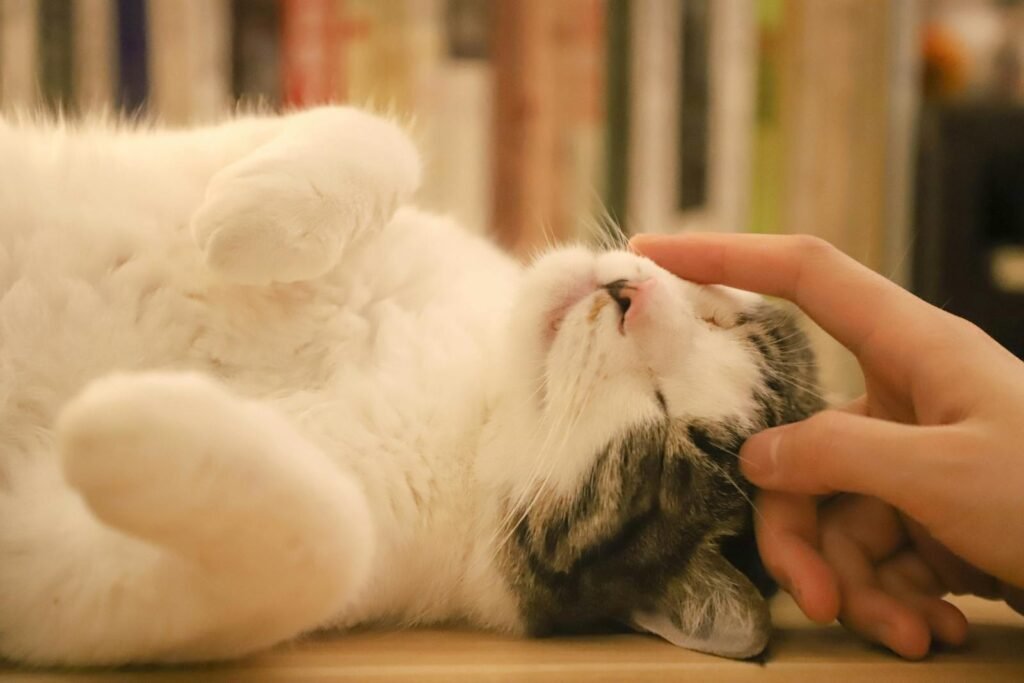
Headbutting or “bunting” and rubbing are ways cats communicate by marking their territory and expressing affection. When a cat headbutts a person or object, it deposits scent from glands located around its face. This scent-marking behavior serves as a signal of ownership and comfort, and it’s also a sign of affection toward humans or other animals.
Paw Tapping and Kneading
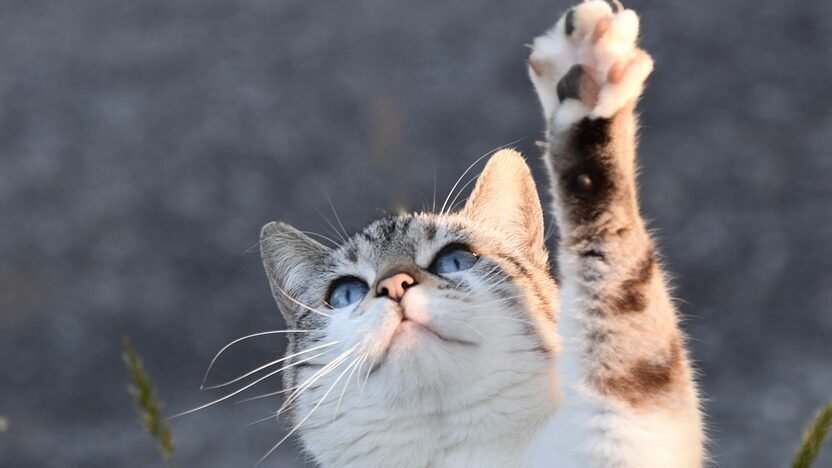
Paw tapping and kneading behaviors are another way cats communicate non-verbally. A gentle tap can be a way to get attention or express a desire, such as wanting to play or be fed. Kneading, often accompanied by a content look and purring, is a sign of comfort and happiness, harking back to kittenhood when kneading stimulates milk flow from the mother.
Tongue Lolling and Grooming: Signals of Well-being and Social Bonding
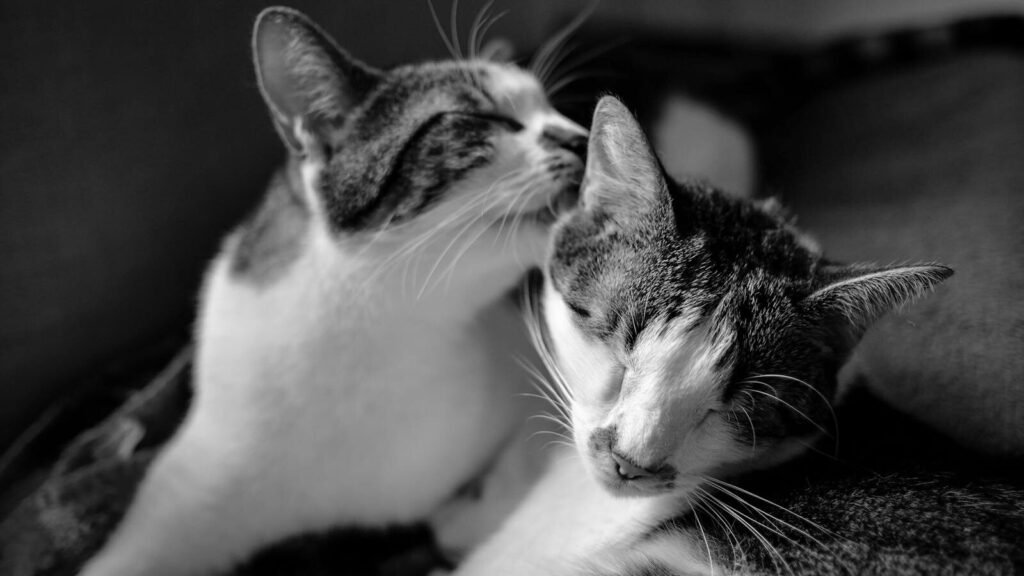
Grooming is an essential activity for cats, and it serves as more than just a self-cleaning method. When cats groom each other, it is a social activity that enhances bonds. A cat that grooms you is expressing acceptance and affection, recognizing you as part of its family. Additionally, a cat might briefly stick out its tongue as a reaction to tasting or processing a scent, communicating curiosity or interest.
Decoding Your Cat’s Silent World
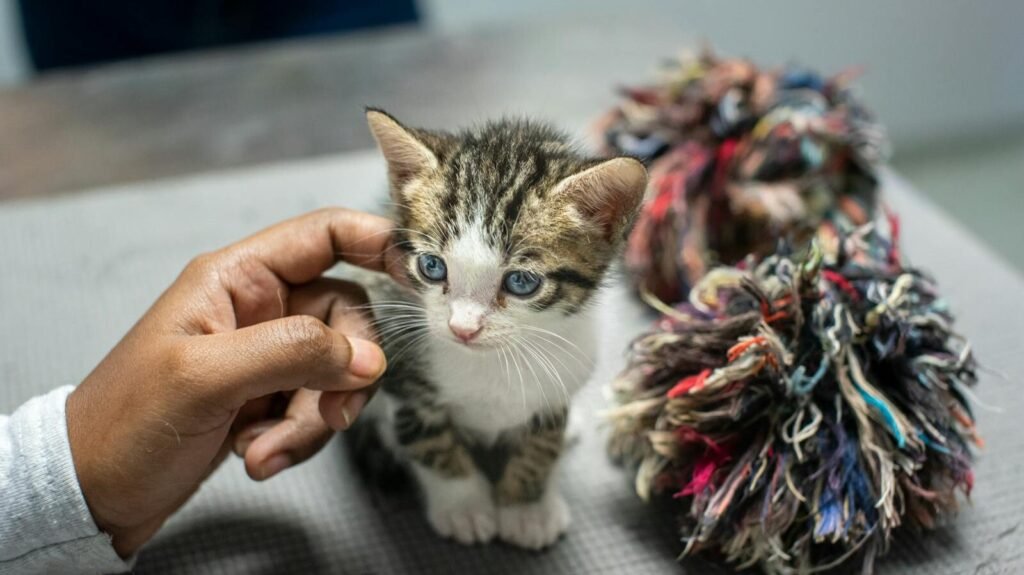
By learning to interpret the multitude of silent signals that cats use, we can gain deeper insights into their world and create a more harmonious relationship with them. Each flick of a tail, twitch of a whisker, or slow blink tells a story, revealing the rich tapestry of feline communication that goes beyond words. Understanding these non-verbal cues not only benefits our bonds with our feline companions but also enhances our appreciation for their unique nature.

Linnea is a born and bred Swede but spends as much time as possible in Cape Town, South Africa. This is mainly due to Cape Town’s extraordinary scenery, wildlife, and atmosphere (in other words, because Cape Town is heaven on earth.) That being said, Sweden’s majestic forests forever hold a special place in her heart. Linnea spends as much time as she can close to the ocean collecting sea shells or in the park admiring puppies.






